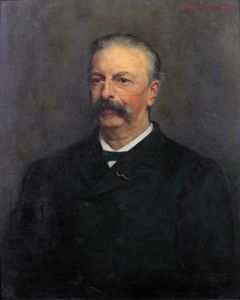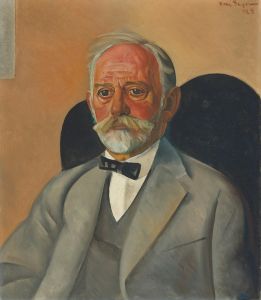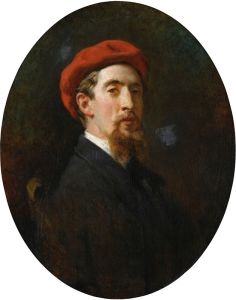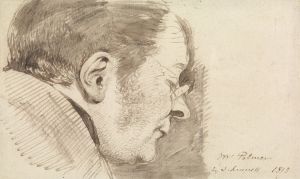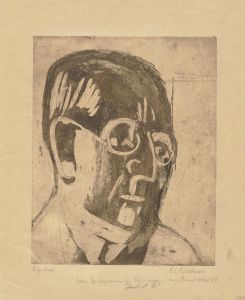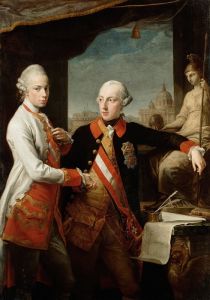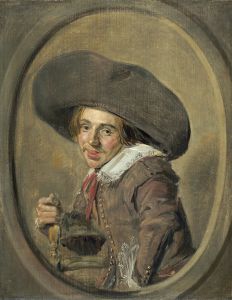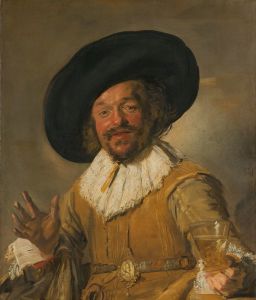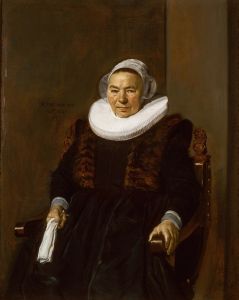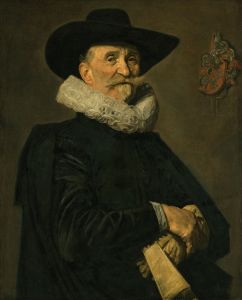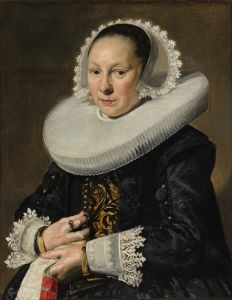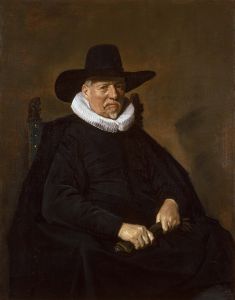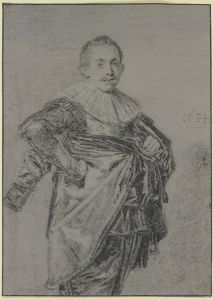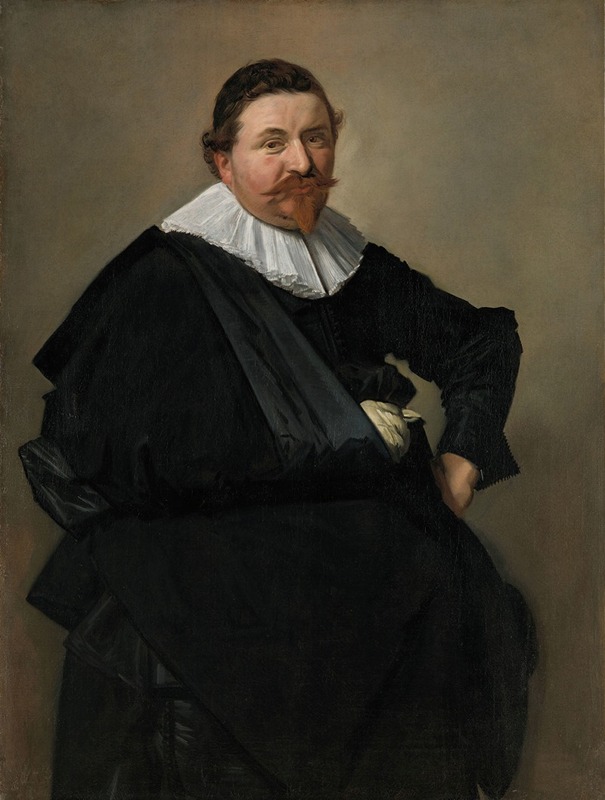
Portrait of Lucas de Clercq
A hand-painted replica of Frans Hals’s masterpiece Portrait of Lucas de Clercq, meticulously crafted by professional artists to capture the true essence of the original. Each piece is created with museum-quality canvas and rare mineral pigments, carefully painted by experienced artists with delicate brushstrokes and rich, layered colors to perfectly recreate the texture of the original artwork. Unlike machine-printed reproductions, this hand-painted version brings the painting to life, infused with the artist’s emotions and skill in every stroke. Whether for personal collection or home decoration, it instantly elevates the artistic atmosphere of any space.
"Portrait of Lucas de Clercq" is a painting by the renowned Dutch Golden Age artist Frans Hals, created in 1635. This work is a prime example of Hals' skill in portraiture, capturing the likeness and character of his subjects with remarkable vitality and realism. The painting depicts Lucas de Clercq, a wealthy Haarlem merchant, who was involved in the trade of bleaching linen, a significant industry in the region during that period.
Frans Hals is celebrated for his innovative approach to portraiture, characterized by loose brushwork, lively compositions, and the ability to convey the personality and status of his sitters. In "Portrait of Lucas de Clercq," Hals employs these techniques to great effect. The painting is noted for its dynamic composition and the lifelike presence of the sitter, achieved through Hals' adept use of light and shadow, as well as his keen attention to detail.
Lucas de Clercq is portrayed in a three-quarter view, a common pose in portraiture that allows for a more engaging interaction with the viewer. He is dressed in the typical attire of a prosperous 17th-century Dutch merchant, featuring a dark, sober outfit with a broad white collar, which was fashionable among the affluent classes of the time. The attire not only reflects his social status but also the cultural norms and values of the Dutch Republic, where modesty and restraint were often emphasized in clothing.
The background of the painting is relatively plain, which was a deliberate choice by Hals to ensure that the focus remains on the sitter. This simplicity in the backdrop is a hallmark of Hals' portraiture, allowing the viewer to concentrate on the facial expressions and the subtle nuances of the subject's demeanor. Lucas de Clercq's expression is calm and composed, suggesting a man of confidence and self-assurance, traits that would have been admired in a successful businessman of his era.
Frans Hals' portraits are often praised for their psychological depth, and "Portrait of Lucas de Clercq" is no exception. The painting captures not just the physical likeness of de Clercq but also hints at his character and social standing. This ability to convey the essence of his subjects is one of the reasons Hals is regarded as one of the foremost portraitists of the Dutch Golden Age.
The painting is part of a pair, with the companion piece being the "Portrait of Feyntje van Steenkiste," Lucas de Clercq's wife. Such paired portraits were common among affluent couples during the 17th century, serving both as a display of wealth and as a personal memento. The two portraits were likely intended to be displayed together, reinforcing the social and familial bonds between the subjects.
Today, "Portrait of Lucas de Clercq" is housed in the Rijksmuseum in Amsterdam, where it continues to be admired by visitors from around the world. The painting remains an important example of Frans Hals' mastery in capturing the essence of his subjects and provides valuable insight into the cultural and social milieu of the Dutch Golden Age.





